Complete Solutions to Amines of chapter AMINES of Class 12 book with complete answers and questions
| Class 12 | CHEMISTRY |
| Chapter | AMINES |
| NCERT EXEMPLAR | Amines |
| Number Of Questions | 77 |
| Academic Year | 2023-24 |
Which of the following is a `3^(@)` amine
04:05View SolutionThe correct IUPAC name for `CH_(2)=CHCH_(2)NHCH_(3)` is
02:45View SolutionAmongst the following, the amongst base in aquesous medium is….
05:44View SolutionWhich of the following is the weakest Bronsted base?
06:30View SolutionBenzylamne may be alkylated as shown in the following equation?
`C_(6)H_(5)CH_(2)NH_(2)+R-X to C_(6)H_(5)CH_(2)NHR`
Which of the followng alkyl haldies is best suited for this reaction through `S_(N)1` mechanism?03:46View SolutionWhich of the following reagents would not be a good choice for reducing an aryl nitro compound to an amine?
02:58View SolutionIn order to prepare a `1^(@)` amine from an alkyl halide with simultaneous addition of one `CH_(2)` group in the carbon chain, the reagent used as source of nitrogen is…..
03:29View SolutionThe source of nitrogen in Gabriel syntheisis of amine is..
03:53View SolutionAmongst the given set of reactants, the most appropriate for preparing `2^(@)` amine is..
03:39View SolutionThe best reagent for converting 2-phenylpropanamide into 2-phenylpropanamine is….
02:59View SolutionThe best reagent for converting, 2-phenylpropanamide into 1-phenylethanemine is….
04:54View SolutionHofman bromamide degradation reaction is shown by…..
03:58View SolutionThe correct increasing order is basic strength for the following compounds is…
 04:49View Solution
04:49View SolutionMethylamine reacts with `HNO_(2)` to form….
01:52View SolutionThe gas evolved when methylamine reacts with nitrous acid is
01:32View SolutionIn the nitration of benzene using a mixture of conc. `H_(2)SO_(4)` and conc. `HNO_(3)` , the species which initiates the reaction is…
02:48View SolutionReduction of aromatic nitro compounds using Fe and HCl gives…
01:43View SolutionThe most reactive amine towards dilute hydrochloric acid is…
06:04View SolutionAcid anhydrides on reaction with primary amine gives…
03:33View SolutionThe reaction `Aroverset(+)(N_(2))Cl overset(Cu//HCl)to ArCl+N_(2)+CuCl` is named as….
01:51View SolutionBest method for preparing primary amines from alkyl halides without changing the number of carbon atoms in the chain is
02:52View SolutionWhich of the following compounds will not undergo azo coupling reaction with benzene diazonium chloride?
03:22View SolutionWhich of the following compounds is the weakest Bronsted base?
03:37View SolutionAmong the following amines, the strongest Bronsted base is….
04:50View SolutionThe correct decreasing order of basic strength of the following species is ….. `H_(2)O, NH_(3), OH^(-),NH_(2)^(-)`
05:35View SolutionWhich of the following should be most volatile?
 04:26View Solution
04:26View SolutionWhich of the following methods of preparing of amines will give some number of carbon atoms in the chain of amines as in the reactant?
05:24View SolutionWhich of the following cannot be prepared by Sandmeyer's reaction?
04:43View SolutionReduction of nitrobenzene by which of the following reagent gives aniline?
03:23View SolutionWhich of the following species are involved
02:53View SolutionThe reagents that can be used convert benzenediazonium chloride to benzene are….
02:36View SolutionThe product of the following reaction is …
 03:51View Solution
03:51View SolutionArneium ion involved in the bromination of aniline is….
07:21View SolutionWhich of the following can be prepared by Garbriel synthesis?
04:17View SolutionWhich of the following reaction are correct?
06:21View SolutionUnder which of the following reaction condidiotns, aniline give p-nitro derivative as the major product?
05:03View SolutionWhich of the following reaction belong to electrophilic aromatic substitution
04:31View SolutionWhat is the role of `HNO_(3)` in the nitrating mixture used for nitration of benzene?
01:23View SolutionWhy is `NH_(2)` group of aniline acetylated before carrying our nitration
02:44View SolutionWhat is the product when `C_(6)H_(5)CH_(2)NH_(2)` reacts with `HNO_(3)`?
01:23View SolutionWhat is the best reagent to convert nitrile to primary amine
01:13View SolutionGive the structure of 'A' in the following reaction.
 02:42View Solution
02:42View SolutionWhat is Hinsberg reagent?
01:11View SolutionWhy is benzene diazonium chloride not stored and is used immediately after its preparation?
01:42View SolutionWhy does acylation of `-NH_(2)` of aniline reduces its activating effect?
03:35View SolutionExplain why `MeNH_(2)` is stronger base than `MeOH`?
02:39View SolutionWhat is the role of pyridine in the acelation reaction of amines?
02:27View SolutionUnder the reaction condition (acidic, basic) the coupling reaction of aryl diazonium chloride with aniline is carried out?
02:13View SolutionPredict the product of reaciton for aniline with bromine in non-polar solvent such as `CS_(2)`
01:28View SolutionArraange the following compounds in increasing order of dipole moment?
`CH_(3)CH_(2)CH_(3).CH_(3)CH_(2)NH_(2),CH_(3)CH_(2)OH`02:19View SolutionWhat is the structure and IUPAC name of the compound, allyl amine?
00:41View SolutionWrite down the IUPAC name of
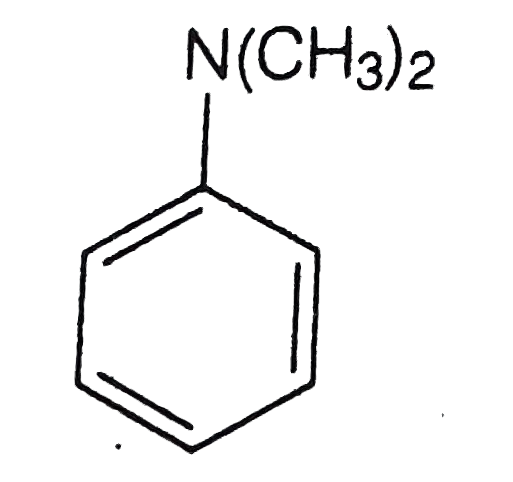 00:29View Solution
00:29View SolutionA compound Z with molecular formula `C_(3)H_(9)N` reacts with `C_(6)H_(5)SO_(2)Cl` to give a solid, insoluble in alkali. Identify Z.
04:02View SolutionA primary amine, `RNH_(2)` can be reacted with `CH_(3)-X` to get secondary amine, `R-NHCH(3)`, but the only disadvantage is that `3^(@)` amine and quaternary ammonium salts are also obtained as side products. Can your suggest a method where `RNH_(2)` forms only `2^(@)` amine?
02:00View SolutionComplete the following reaction
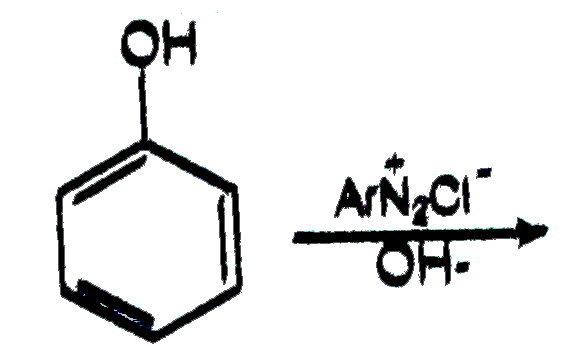 01:37View Solution
01:37View SolutionWhy is aniline soluble in aqueous HCl?
01:32View SolutionSuggest a route by which of the following conversion can be accomplished.
 03:29View Solution
03:29View SolutionIdentfy A and B in the following reactions.
 02:03View Solution
02:03View SolutionHow will you carry out the follwing conversion?
(i) Toluene -p-toluidine
(ii) p-toluidine diazonium chloride -p-toulic acid06:29View SolutionWrite following conversions
(i) Nitrobenzene-Acetanilide
(ii) Acetanilide-p-nitroaniline05:44View SolutionA solution contains 1g mol. Each of p-toluene diazonium chloride and p-nitrophenyl diazonium cholride. To this 1g mol.of alkaline solution of phenol is added. Predict the major product. Explain your answer.
05:33View SolutionHow will you bring out the following conversion?
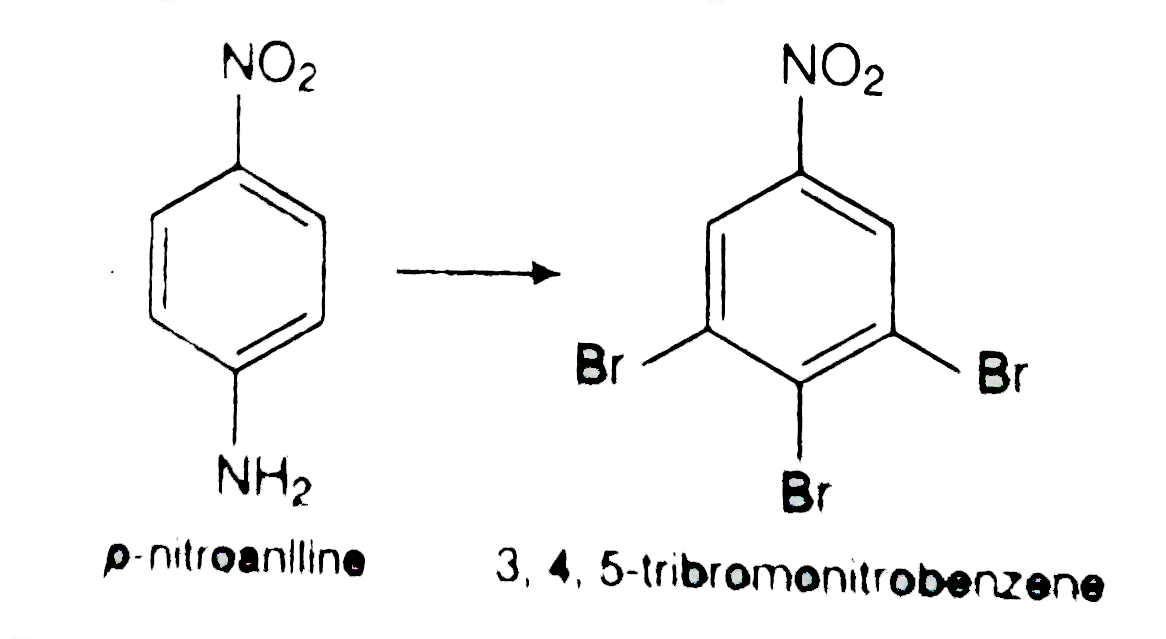 03:39View Solution
03:39View SolutionHow will you carry out the following conversion?
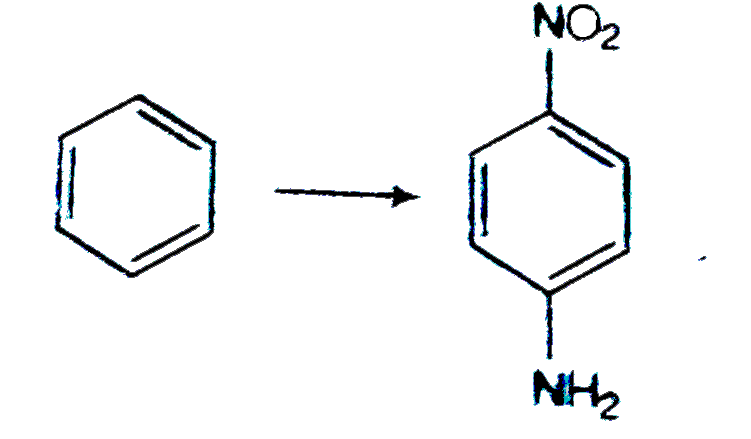 03:43View Solution
03:43View SolutionHow will you carry out the following conversion?
 05:15View Solution
05:15View SolutionHow will you carry out the following conversion?
 11:45View Solution
11:45View SolutionMatch the reactions given in Column I with the statements given in Column II
 04:43View Solution
04:43View SolutionMatch the reactions given in Column I with the statements given in Column II
 03:04View Solution
03:04View SolutionAssertion(A) Acylation of amines gives a monsubstituted product whereas alkulation of amines gives polysubstitues product.
Reason(R ) Acyl group sterically hinders the apprach of further acyl group03:58View SolutionAssertion (A): Hofmann's bromamide reaction is given by primary amines.
Reason: Primary amines on more basic than secondary amines.03:27View SolutionAssertion (A): N-ethylbenzene sulphonamide is solube in alkali.
Reason (R ): Hydrogen attached to nitrogen In sulphonamide is strongly acidic.02:25View SolutionAssertion(A): N,N-diethylbenzene sulphonamide is insoluble in alkali.
Reason(R ): Sulphonyl group attached to nitrogen atoms is strong electron withdrawing group.02:38View SolutionAssertion(A): Only a small amount of HCl is required in the reduction of nitro compound with iron scrap and HCl in the presence of steam.
Reson(R ): `FeCl_(2)` formed get hydrolysed to release HCl during the reaction.02:11View SolutionAssertion(A): Aromatic `1^(@` amines can be prepared by Gabriel phtalmide synthesis.
Reason (R ): Aryl halides undergo nucleophilic substitution with anion formed by pthalimide.01:04View SolutionAssertion(A): Acetanilide is less basic aniline.
Reson(R ): Acetylation of aniline results in decrease of electron density on nitrogen.03:09View SolutionA hydrocarbon 'A' `(C_(4)H_(8))` on reaction HCl gives a compound 'B', `(C_(4)H_(9)Cl)` which on reaction with 1 mol of `NH_(3)` gives compounds 'C' `(C_(4)H_(11)N)`. On reacting with `NaNO_(2)` and HCl followed by treatment with water compound 'C' yields an optically active alcohol, 'D'. Ozonolysis of 'A' given 2mols of acetyldehyde. Identify compound 'A' to 'D'. Explain the reaction involved.
11:45View SolutionA colours substance 'A' `(C_(6)H_(7))` is sparingly soluble in water and gives a water soluble comound 'B' on treating with mineral acid. On reaction wih `CHCl_(3)` and alcoholic potash 'A' produces an obnoxious smell due to the formation of compound 'C'. Reaction of 'A' with benzensulphonyl chloride gives compound 'D' which is soluble in alkali. WIth `NaNO_(2)` and HCl, 'A' forms compound 'E' which reacts with phenol in alkaline medium to give an orange dye 'F'. Identify compounds 'A' to'F'.
17:14View SolutionPredict the reagent or the product in the following reaction sequence.
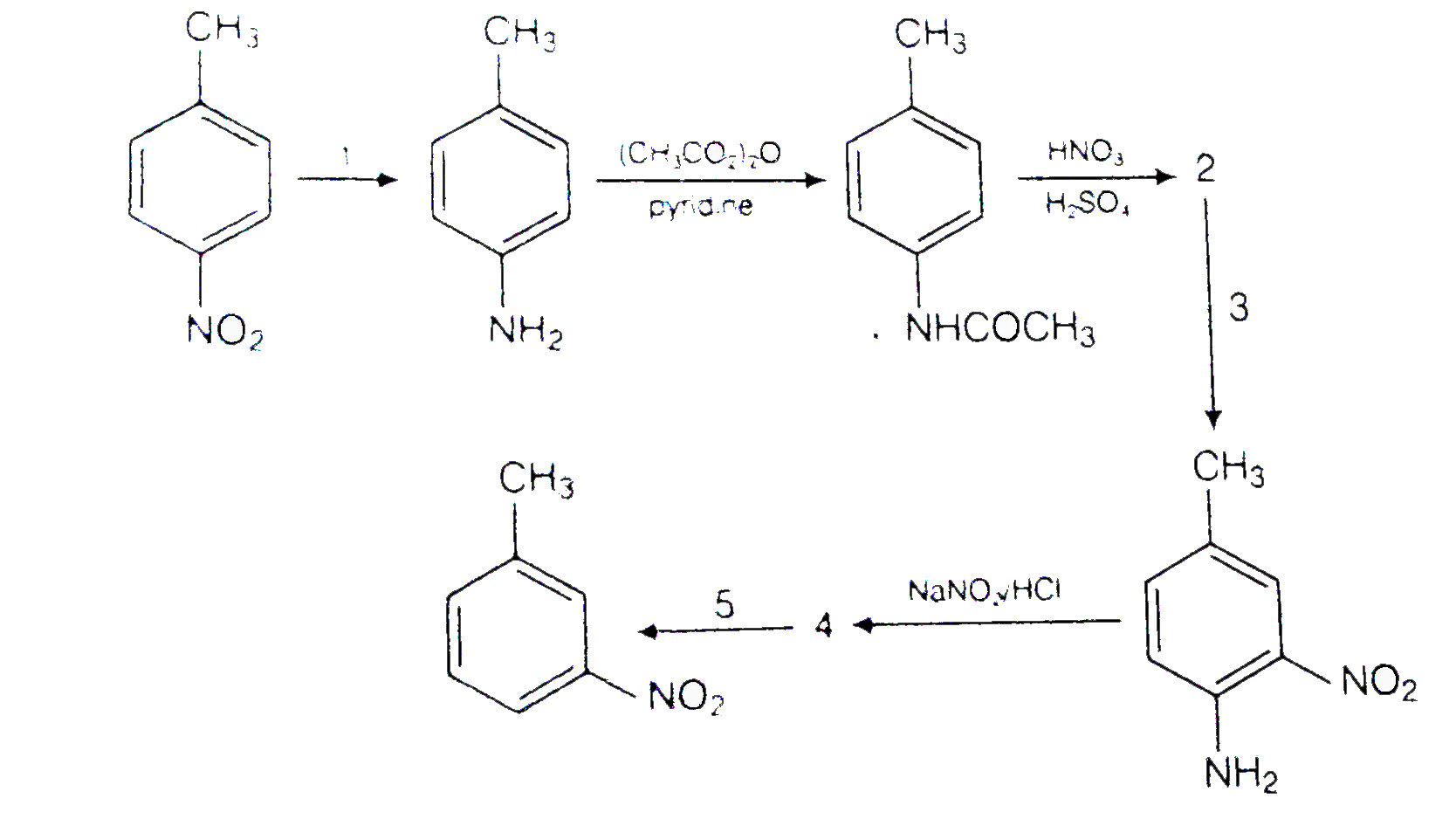 09:10View Solution
09:10View Solution
Amines questions and complete solutions for chapter AMINES of CHEMISTRY of Class 12
